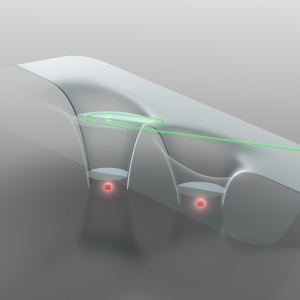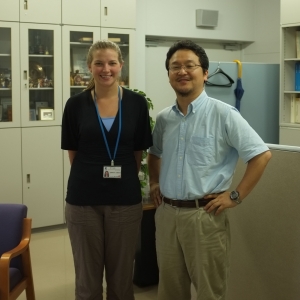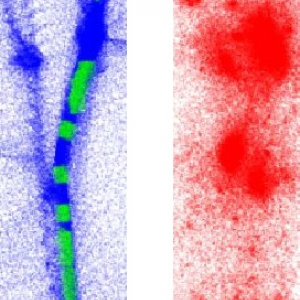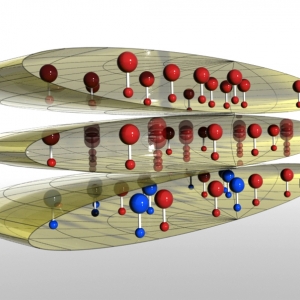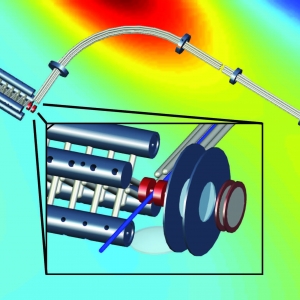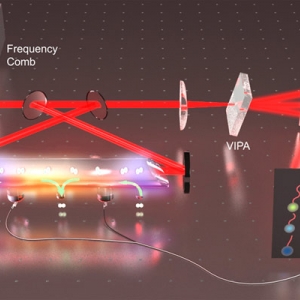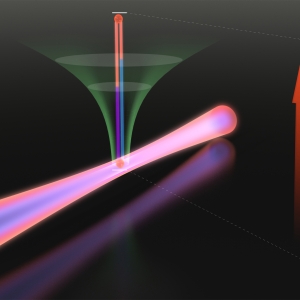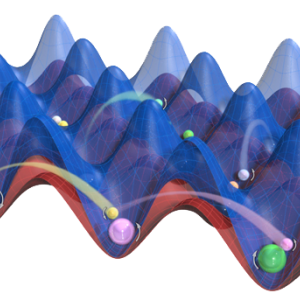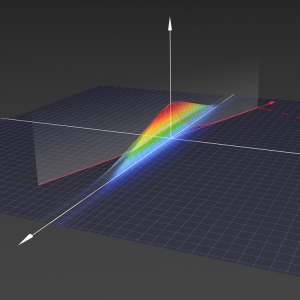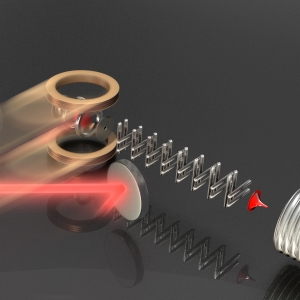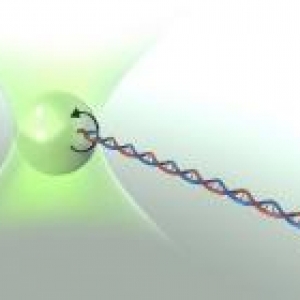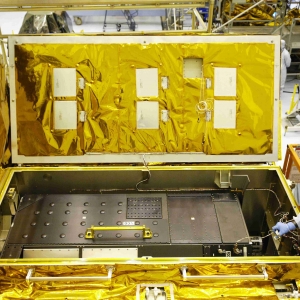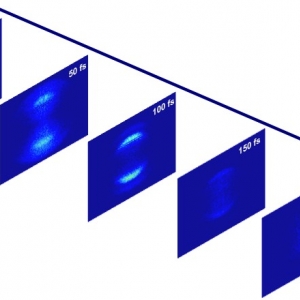Research Highlights
Displaying 321 - 340 of 507
Astrophysics
Simulating a Starquake
PI(s):
Rosalba Perna
Atomic & Molecular Physics
Quantum Body Swapping
PI(s):
Andreas Becker
Biophysics
Cross-Cultural Spectroscopy
PI(s):
Ralph Jimenez
Chemical Physics
Chemistry in the Cosmos
PI(s):
David Nesbitt
Astrophysics
Sculpting a Star System: The Inner Planets
PI(s):
Phil Armitage
Astrophysics
Hitchhiker’s Guide into the Galaxy
PI(s):
Andrew Hamilton
Atomic & Molecular Physics
Ultracold Polar Molecules to the Rescue!
PI(s):
Ana Maria Rey | Jun Ye
Atomic & Molecular Physics
The Cold Case
PI(s):
Jun Ye
Precision Measurement
Probing the Tell-Tale Ions
PI(s):
John Bohn
Astrophysics
Everything is Illuminated
PI(s):
Richard McCray
Laser Physics
Reactions on Demand
PI(s):
Henry Kapteyn | Margaret Murnane
Atomic & Molecular Physics
The Secrets of the Resonant Lattice
PI(s):
Ana Maria Rey
Nanoscience | Precision Measurement
Quantum CT Scans
PI(s):
Konrad Lehnert
Nanoscience
JILA MONSTR and the Chamber of Secrets
PI(s):
Steven Cundiff
Chemical Physics
I Sing the Body Electric
PI(s):
Heather Lewandowski
Atomic & Molecular Physics
A Flair for Lasing
PI(s):
Chris Greene
Biophysics
Upending Conventional Wisdom
PI(s):
Thomas Perkins
Astrophysics
The World According to COS
PI(s):
Jeffrey Linsky
Chemical Physics
The Long Goodbye
PI(s):
Andreas Becker
Quantum Information Science & Technology
The Quantum Control Room
PI(s):
Deborah Jin | John Bohn | Jun Ye





